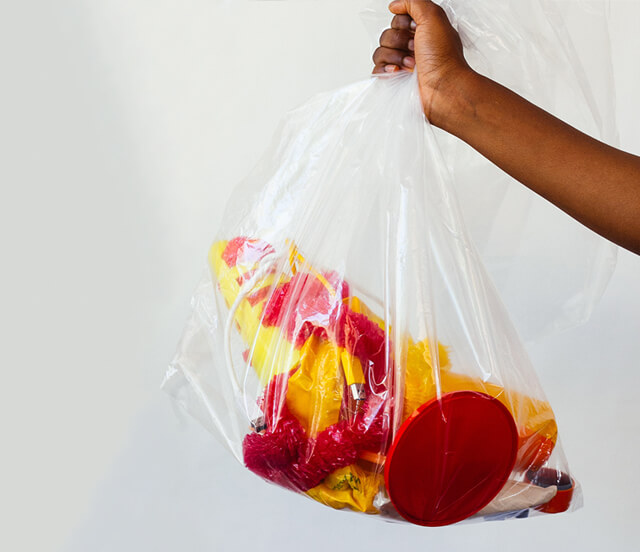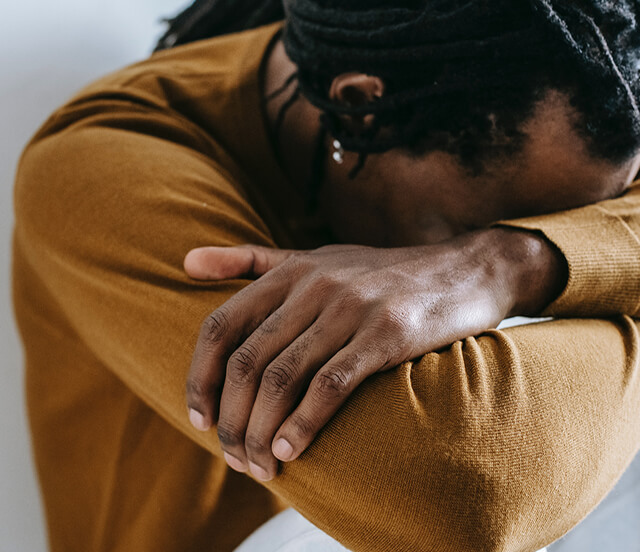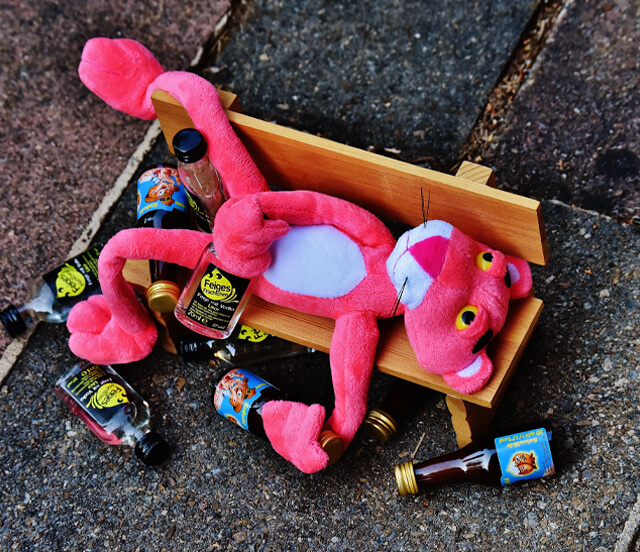by Khosi Aghoghovwia
The ubiquitous disposal of single-use plastic is an eye-sore affecting every aspect our lives. Whether plastic is in the streets, landfills, rivers and oceans, strewn single-use plastic is offensive to the environment and to humanity. It threatens wildlife and aquatic life, poisons our food chain and thus affects human health. The adverse effects that can result due to plastic pollution have long-lasting environmental, social and economic implications. This is because plastic is not biodegradable (does not break down naturally over time) and thus never really goes away. Although technological attempts have been made to mitigate the resulting problems of single-use plastics by producing plastics made partially or fully from recycled materials, this does not change the lifespan of plastics, they still take hundreds to thousands of years to break down. While the mismanagement of single-use plastic products is an issue, it is by far not the most urgent threat to our environment. Global climate change, air and water pollution, natural resources depletion, loss of species biodiversity, and loss of endangered species are possibly even more important issues. However, because plasticwares are part of our daily lives, developing a consciousness about its impacts in order to change our behavioural patterns becomes important both for our environmental and social well-being.
To the untrained eye, cellophane appears to look like a thin film of plastic. And although thin plastic films are produced in a similar manner to cellophane as food grade cling wrap to protect food, cellophane is more costly to manufacture than plastic cling wrap. Cellophane is a thin, transparent film produced from the cellulose of natural materials such as wood, cotton or hemp and is largely used to package food. The reason cellophane is used to package foods, such as fruits and vegetables, is to protect and preserve food. This is because cellophane (and food grade plastic cling wrap) has a low permeability to air, moisture, bacteria, oils and greases. Thus, perhaps, a single-use plastic product such as cling wrap is not all that bad because it allows food to reach us in copacetic conditions even after being transported for several hours or even days!
Parents and caregivers of babies also encounter plastic products daily. Infant feeding bottles consist of a plastic known as polypropylene. A property of polypropylene is that it undergoes physical degradation by shedding microplastics when in contact with hot liquids. Microplastics are tiny (less than 5 millimeters) particles of plastic that have been found to be the actual cause of physiological, reproductive, development, and sometimes behavioural problems in nonhuman species. And since sterilizing infant bottles requires contact with boiling water, microplastics have raised concern in humans. A recent scientific study published in Nature Food surveyed 48 regions around the world and estimated that babies may be drinking about 16 million microplastic particles per litre of baby formula prepared using polypropylene feeding bottles. The researchers also state that these findings are not meant to cause alarm since there are no known harmful health effects of microplastics in humans. However, since this knowledge is available it is important to take precautions when using plasticwares with polypropylene.
It is advised that parents and caregivers of babies allow previously sterilized feeding bottles to completely dry and cool down before further handling. Furthermore, when preparing baby formula, it is best to prepare the sterilized water separately (not in plasticware in the microwave!) and to dissolve the formula powder with the previously boiled water before transferring the baby formula milk into the sterilized baby bottle. These same guidelines of avoiding the contact of liquids with hot or warm polypropylene containers also applies to mothers who store expressed breastmilk in containers made of polypropylene.
Plastic products are often part of our everyday experience. While it is crucial to better manage the design, production, consumption and disposal of single-use plastics, multiple-use plastic products should be used responsibly. In South Africa, the retailer Woolworths will from 9 November 2020 have over 120 stores plastic shopping bag free. This will encourage consumers to bring their own shopping bags or pay R6.49 for a Woolies reusable bag instead of the current R0.75 for a single-use plastic bag. Each of us can make a good difference and collectively the impact of all types of plastic products on our environment and sensibilities can be less detrimental to ourselves and the environment. Perhaps, as a start, we need to reflect on our consumer behaviour tied with our throw-away culture so that we do not add to the anthropogenic environmental crises we have created.






